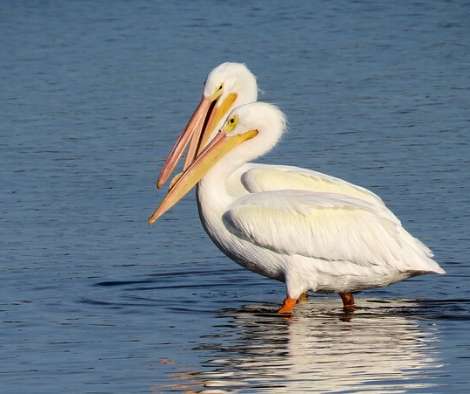 |
American White Pelican
Starting in May, Pelicans begin to show up around the De Pere Dam. They nest on the lower Green Bay in large colonies, and are noted for their cooperative hunting behavior. They form a U shaped line and drive small fish into the shallows, where they scoop them up with their large bill. |
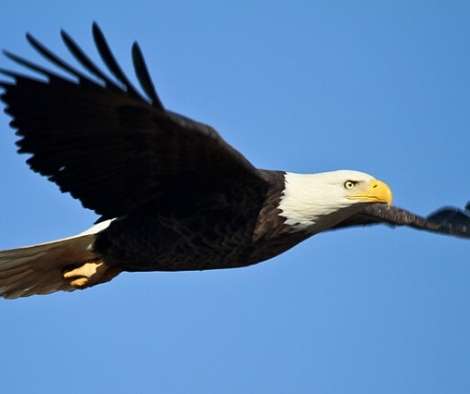 |
Bald Eagle
The majestic bird can be seen throughout the year hunting the open water. They are often found in large trees roosting nearby. The eagle glides over the water looking for fish and sometimes waterfowl to snatch with its powerful talons. Bald Eagles begin to nest in March and have a known nest in the Fairgrounds across the river. The Bald Eagle attains a wingspan of up to 90 inches, but takes up to 5 years before developing its distinct white head and tail.
|
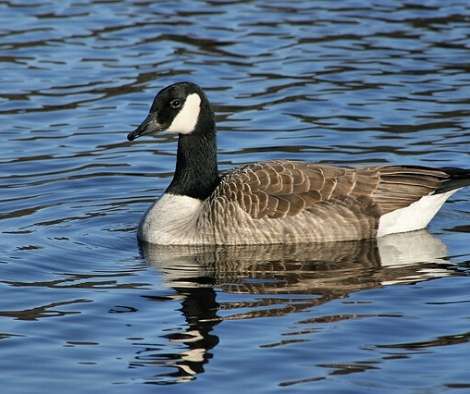 |
Canadian Geese
Canadian Geese are plentiful around the De Pere Dam, and will nest on the island during the spring. Geese will protect their nests from all predators, including humans. You can often find them grazing through Voyageur Park and on the island itself.
|
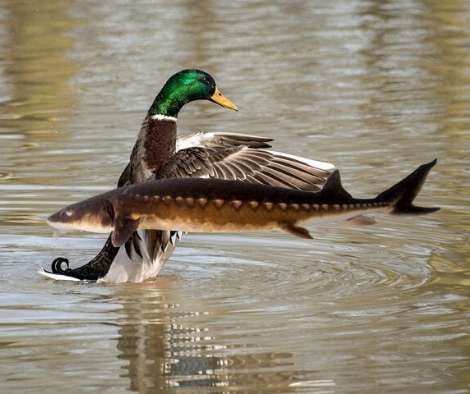 |
Mallard Duck
The Mallard Duck can be seen in very good numbers around the De Pere Dam, as they nest on the island in the spring. While Geese will graze, the Mallard Duck will pick up their food from the top of the water; a practice known as "dabbling." Hen Mallards are mostly brown, however the male duck (referred to as a "Drake") will have a glossy green head and grey wings and belly.
|
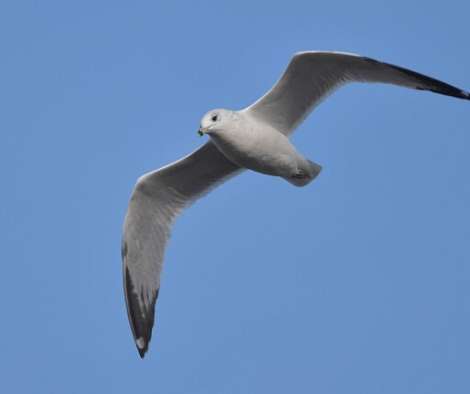 |
Ring Billed Gull
The Ring Billed Gull is a very common bird around the De Pere Dam, and grows to a common length of around 19 inches with a wingspan of 4 feet. The Gull is very creative in its feeding habits, and will eat everything from fish, insects, and earthworms, to food discarded or unattended by people.
|
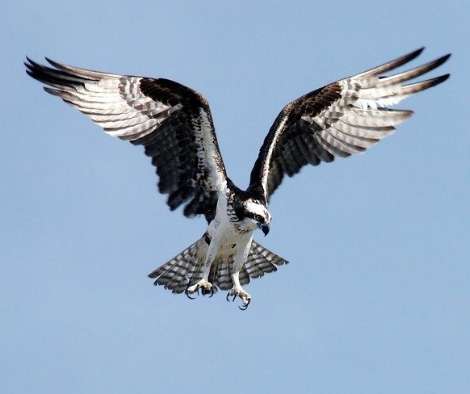 |
Osprey
The Osprey, a large fish-eating raptor, reaches lengths of 24 inches and has a 71-inch wingspan. It is predominantly brown on the upper side of its body, and greyish on its head and underside. The Osprey tolerates a variety of habitats and eats mostly fish for its diet. To assist the Osprey in finding appropriate nesting, humans have constructed large nesting platforms in the area.
|
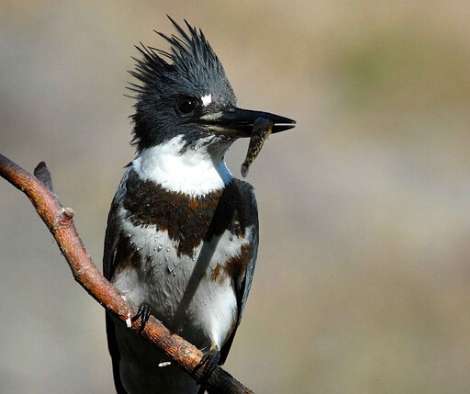 |
Belted Kingfisher
The Belted Kingfisher is a stocky bird, which will measure between 11-14 inches in length and have a wingspan of 19-23 inches. The Belted Kingfisher stands out with its shaggy grey/blue crested head. The Kingfisher displays an entertaining method of feeding in that it will dive head first into the water after its fish prey. The bird will nest on inland bodies of water (i.e. Government Island), and will migrate to the southern United States and the West Indies.
|
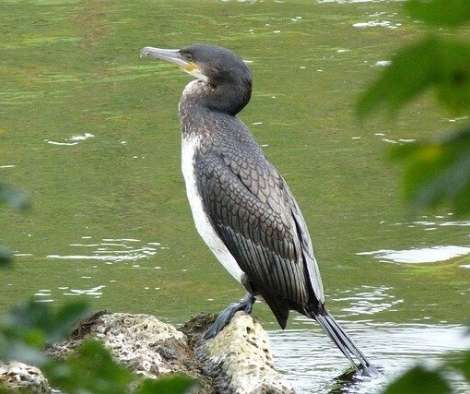 |
Cormorant
|
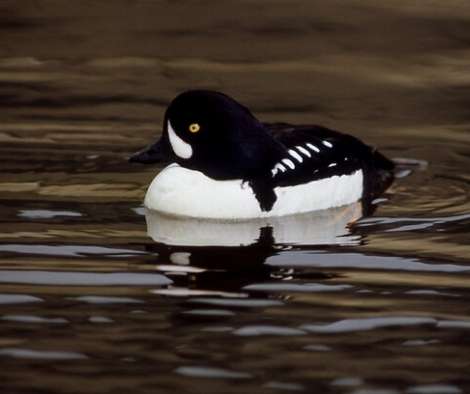 |
Goldeneye Duck
|
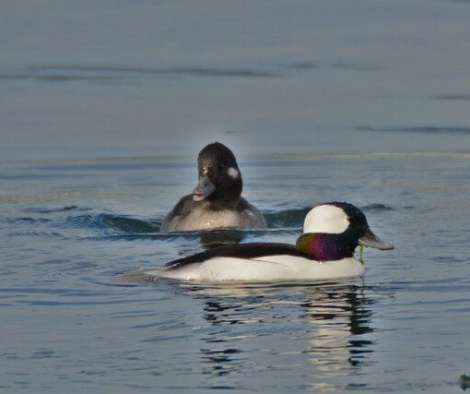 |
Bufflehead Duck
|
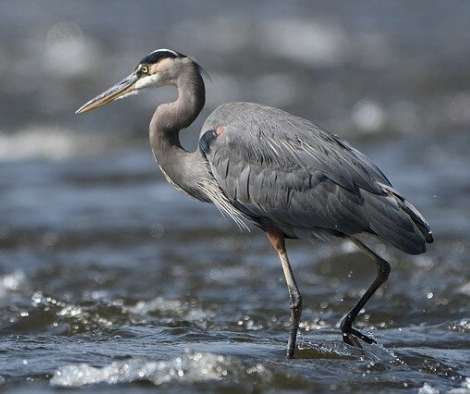 |
Great Blue Heron
|
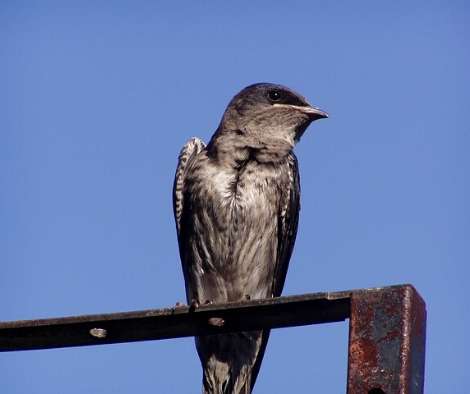 |
Purple Martin
|












